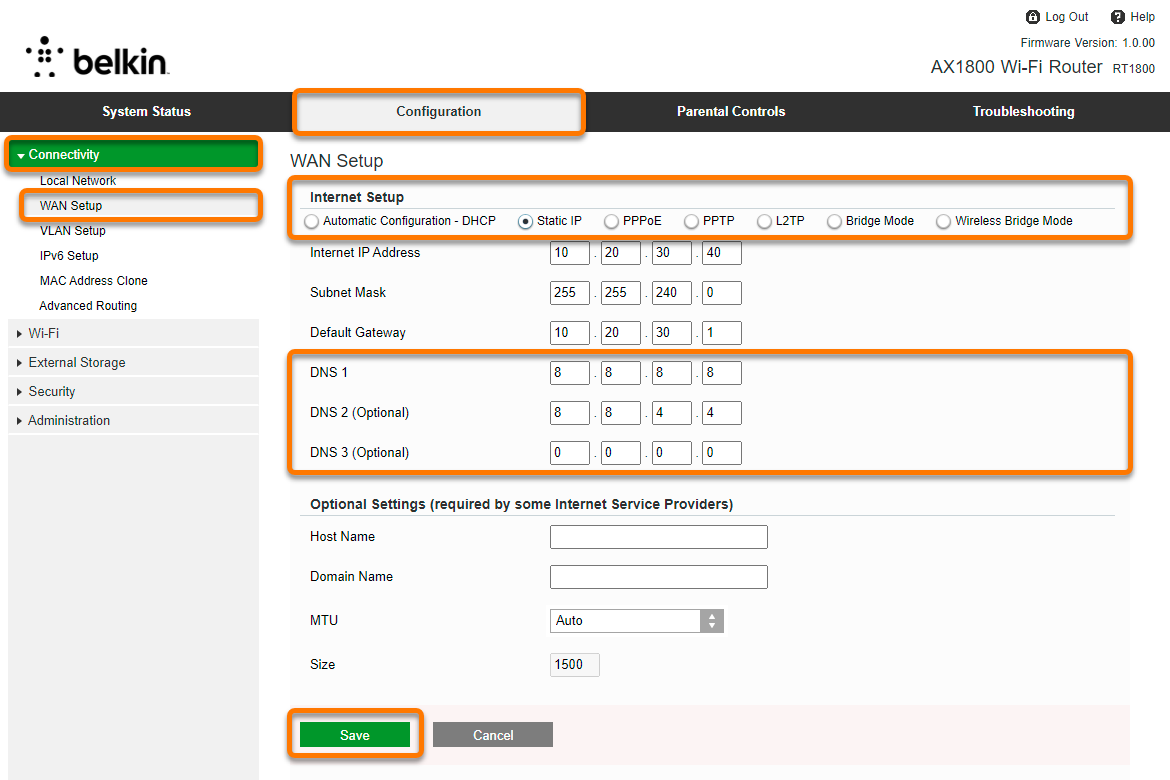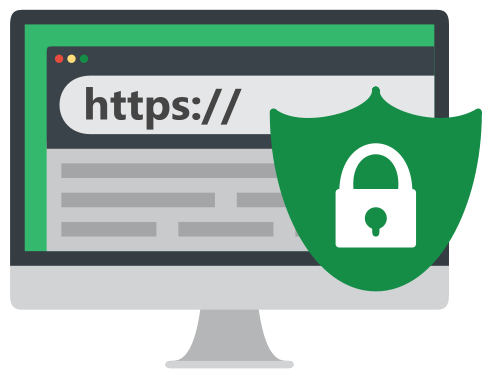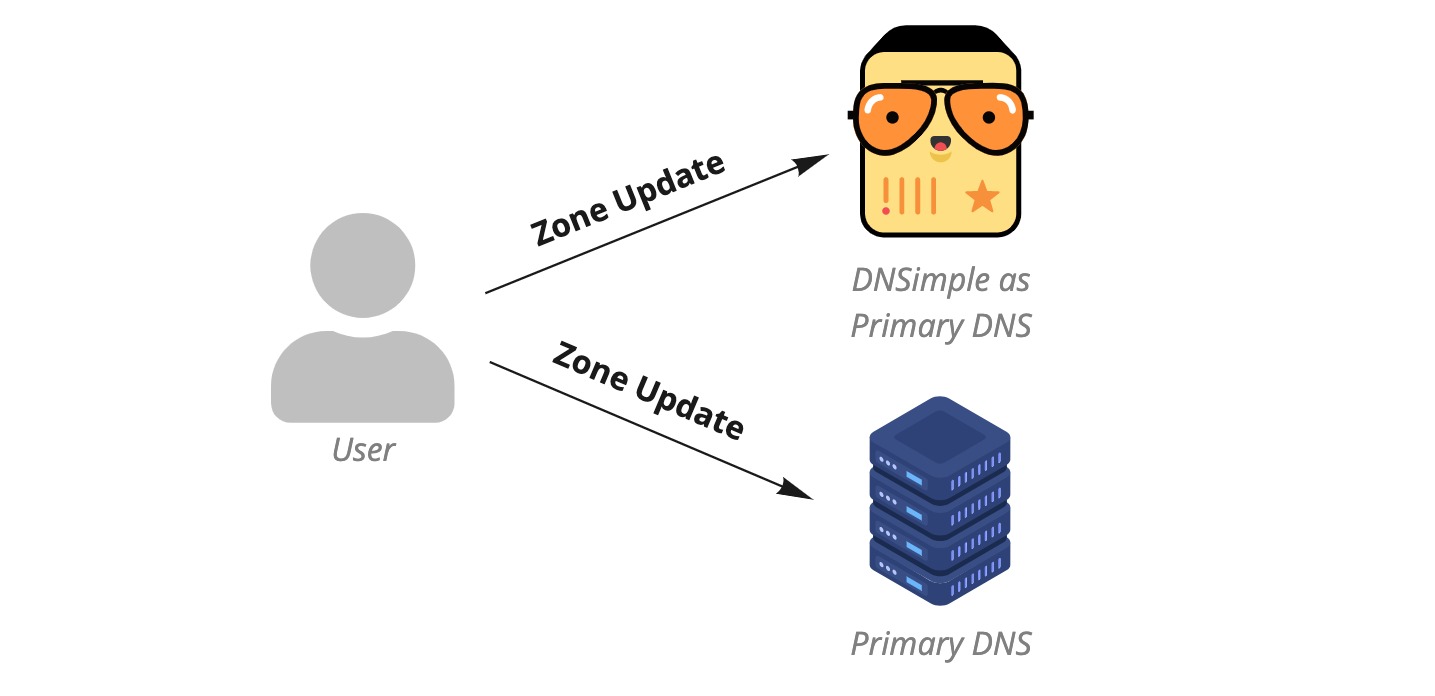
SSL stands for Secure Sockets Layer. It secures websites and redirects communication via secure channels using advanced encryption keys. The SSL handshake signal decrypts the communication at the data or user ends. This handshake signals that the communication was encrypted.
Secure Sockets Layer
Secure Sockets Layer, also known as SSL, is a protocol for encrypting a connection between a client and a server. The protocol uses two keys - one public and one known only to the sender - to encrypt and decrypt data. SSL-enabled web sites are marked with HTTPS in URLs. If a user requests an encrypted session from a secure site, the server will reply with a trusted certificate containing a public key.
The protocol uses asymmetric key encryption to encrypt data sent between the server and client. Symmetric encryption is unique to each connection and unlike other encryption methods. Client and server negotiate encryption details before the first bit of data is transmitted. This makes encryption more secure and reliable.
Function
SSL is a security protocol that encrypts information being transferred between a website and its users. This means that only the intended recipient can unlock the data. This is a great feature if sensitive data needs to be shared online. This also makes it virtually impossible for hackers intercept this data. SSL is essential for websites.

SSL is a secure way to establish trust between a webserver and a browser. It does this by recognizing the certificate of a webserver and sending it to its browser. The browser verifies that the certificate is authentic. It will then send back a digitally signed confirmation to begin an SSL encrypted connection. The encrypted data is sent between the browsers and the web servers.
Types
There are two types SSL certificate: self-signed certificates and third party certificates. Self-signed certificates provide data encryption and HTTPS to the address line. But, a self-signed certificate can be forged by anyone without being verified. Browsers will show warning messages when visiting self-signed websites.
SSL certificates can be installed on one or more web servers and used to validate domains. They can also be used for securing a website. An SSL certificate can protect multiple domains and subdomains.
Importance
SSL stands for Secure Sockets Level and secures communication between computers. This secure connection stops computers between the servers and the users from detecting or intercepting data. A common example of this is when a website visitor fills out a contact form with their personal data. This data could easily be stolen by hackers or identity thieves if SSL is not used. To protect sensitive information of visitors, SSL should be used on all websites.
Google's search engine rankings are also dependent on SSL. Google constantly updates its ranking algorithm. Having SSL can give your site a small boost in search engines rankings. SSL can also make your site seem trustworthy to users. Browsers such as Chrome will show a warning message if your site isn't secure, so it's important to have an SSL certificate.

Obtained a certificate
To protect your website against online attacks, it is important to obtain a certificate for SSL. SSL certificates include information about the website owner, the serial number, expiration date, public key and digital signature of the certifying authorities. These certificates authenticate your website and verify it is legitimate. The HTTPS suffix in your URL can be used to verify that the certificate is valid.
You can install an SSL certificate on your site automatically by using some CMS platforms. HubSpot CMS offers a free SSL. It will also renew your SSL certificate. It will take place 30 days before the SSL certificate expires.
FAQ
Is web design difficult?
Web development can be difficult, but there are many online resources to help you get started.
It is as easy as finding the right tools for you and following them step by step.
There are many tutorials available on YouTube and other platforms. You can also download free software online like Sublime Text or Notepad++.
There are also lots of books available in bookstores and libraries. Here are some of the most popular:
O'Reilly Media presents "Head first HTML & CSS".
O'Reilly Media's Head First PHP & MySQL 5th edition
"PHP Programming for Absolute Beginners" by Packt Publishing
I hope this article helps you!
Which website builder should I use?
Start small to create a strong web presence. If you have the resources and time to create a fully-fledged website, go for it. If you don't have the resources to build a full-fledged site, a blog may be the best choice. As you become proficient in web design and development, you can add features as needed.
Before you start building your website, it is important to establish a primary domain. This will give you a pointer to which to publish content.
How do you design a website?
Your customers will first need to understand the purpose of your website. What are they looking for when they visit your site?
What issues might they be facing if they can't locate what they're looking at on your site.
You now need to know how to fix the problems. Also, you need to ensure that your website looks professional. It should be easy to navigate.
Your site should be very well-designed. It should not take too much time to load. If it takes too many seconds, people won’t be able stay as long. They will move on to something else.
If you're going to build an eCommerce site, you need to think about where all your products are located. Are they in one place? Are they scattered about your site?
Decide whether you plan to sell one product at a time or several products. Are you interested in selling one type of product? Or multiple types?
When you answer these questions, your site can be built.
Now you need to worry about the technical side of things. What will it take to make your site work? It will it work fast enough? Can people get to it quickly from their computers?
Will it be possible to buy something online without paying any extra? Will they have to register with your company before they can buy something?
These are essential questions that you need to ask yourself. Once you know the answers to these questions, you'll be ready to move forward.
What is a "static website"?
A static website is where all content is stored on a server and accessed by visitors via web browsers.
The term "static" is used to refer to the absence of dynamic features like changing images, video, animations, etc.
This site was initially designed for corporate intranets, but it has been adopted by individuals or small businesses who desire simple websites that don't require complex programming.
Because they are less maintenance-intensive, static sites have gained popularity. They are simpler to update and maintain than fully-featured websites that have many components (like blogs).
They also tend to load faster than their dynamic counterparts. This makes them great for those who have slow Internet connections or users with mobile devices.
In addition, static sites are more secure than their dynamic equivalents. A static website is impossible to hack. Hackers have only access to data stored in a database.
There are two main methods to create static websites:
-
Using a Content Management System.
-
Static HTML Website Creation
It all depends on what you need. If you're new to creating websites, I recommend using a CMS.
Why? It gives you full control of your website. A CMS eliminates the need for a professional to set up your site. Upload files to the website server.
It is possible to still learn how code can be used to create static websites. However, you will need to put in some time to learn how to program.
Should I hire a web designer or do it myself?
If you are looking to save money, don't spend on web design services. But if you want quality results, then hiring someone else to create your website may not be worth the cost.
There are many ways to create websites from scratch, without having to hire expensive designers.
If you're willing and able to invest the time and effort to create a stunning website, you can use free tools such as Dreamweaver or Photoshop to learn how to do it yourself.
You might also consider outsourcing your project to an experienced freelance web developer who charges by the hour instead of per-project.
Statistics
- At this point, it's important to note that just because a web trend is current, it doesn't mean it's necessarily right for you.48% of people cite design as the most important factor of a website, (websitebuilderexpert.com)
- It enables you to sell your music directly on your website and keep 100% of the profits. (wix.com)
- It's estimated that in 2022, over 2.14 billion people will purchase goods and services online. (wix.com)
- In fact, according to Color Matters, a signature color can boost brand recognition by 80%. There's a lot of psychology behind people's perception of color, so it's important to understand how it's used with your industry. (websitebuilderexpert.com)
- It's estimated that chatbots could reduce this by 30%. Gone are the days when chatbots were mere gimmicks – now, they're becoming ever more essential to customer-facing services. (websitebuilderexpert.com)
External Links
How To
Drupal 7: How to Use It for Web Design
Drupal is one of the most popular Content Management Systems (CMS) available today. It was created in 2003 by DriesBuijtaert from Belgium. The name of the site is derived by Dirk Buijtewaard's surname and Pierre d'Herbemont's surname. In 2005, Drupal became open source, and since then, there are many versions of this CMS. Drupal is used by numerous websites and companies all over the world today.
Drupal is extremely popular among website owners due to several reasons. Drupal is free to download, and easy to install. It's also very easy to customize it and extend it. Third, it is very well documented. Fourth, forums and IRC channels provide great support. It can also be extended with modules. Sixth, it supports multiple languages. It is easy to customize. It is also scalable. It is secure. Tenth, it's reliable. Finally, the community supports it. Drupal is a great choice for your next project because of all these factors.
You might wonder what makes Drupal stand out from other CMS platforms. It is easy to answer. Drupal is an Open-Source Content Management System. Drupal is free to download and use. Drupal allows you to have full control of your website. You have complete control over your website. You can add or delete pages.
Drupal is a great option for anyone who doesn't have any technical skills and wants to create a website. Drupal is a CMS that doesn't require programming skills. Only you will need to be able to use the basic functions of Drupal. You will then be able modify your website to suit your needs.
Drupal offers many plugins and themes that can be used to enhance your site's functionality. These plugins help you to enhance your site's functionality. To gather contact information from your visitors, you could use the Contact Form Module. Google Maps is another option to show maps on your website. Drupal comes pre-made in thousands of templates. And these templates give your website a professional look.
Drupal is also flexible. Drupal supports many different modules, so you can easily add or remove them from your website without worrying about compatibility. If you're looking to integrate social networking into your site, you can do this quickly. You can also set up RSS feeds, e-mail subscriptions, and more.
Drupal is customizable. Drupal can be customized with custom fields and forms. You can also manage users. You can also create complex layouts with Drupal.
Drupal is also reliable and sturdy. Drupal is both stable and scalable. It offers outstanding security features. Drupal is a great web development platform.